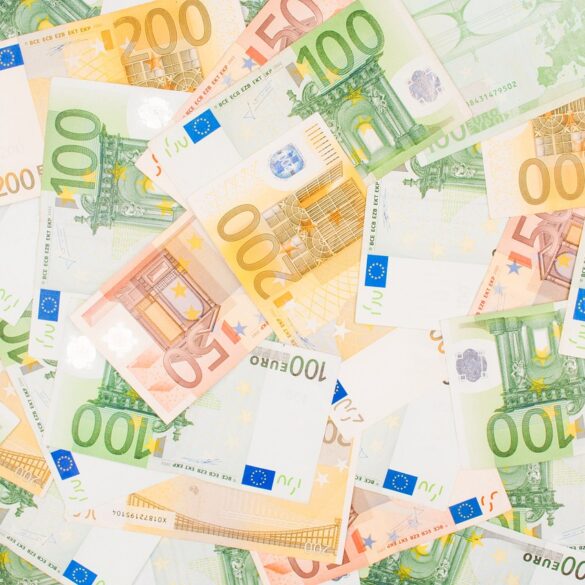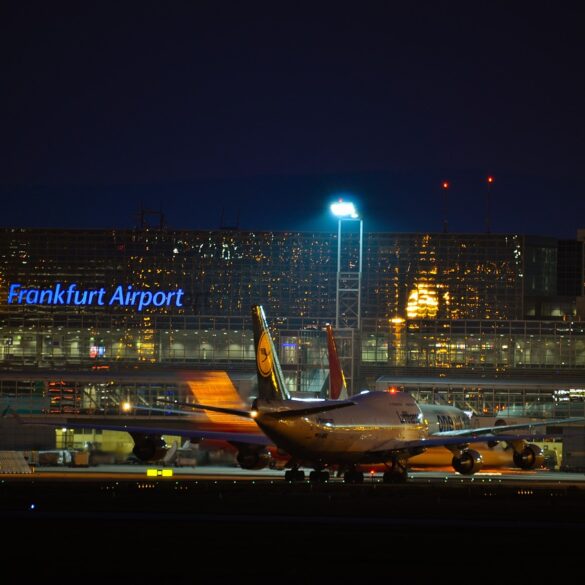Despite pressures from inflation, the tourism in Europe has made its comeback and swiftly rebounded in the last couple of months of 2023 in a robust manner.
Consequently, the year ended with signals of a promising recovery, meaning that the numbers would soon hit the levels recorded before the pandemic in 2019.
As per the latest quarterly report of European Tourism Trends & Prospects, published by the European Travel Commission (ETC), the continent has managed a somewhat full recovery.
The report
As of now, the numbers of the arrivals and nights spent by foreign tourists is slightly below the figures recorded in 2019.
However, there is resilient demand persisting throughout the continent, which is likely to extend to the complete year of 2024.
The revival is believed to be urged by the performance of strong intra-EU travel, originating from several important key markets. This includes countries, such as the Netherlands, France, and Germany.
Meanwhile, some countries have shown a gradual rise in long-haul arrivals, which is at a slower pace evident between regions, like North America and Asia-Pacific.
On this note, the president of ETC, Miguel Sanz, added that the high travel demand witnessed in 2023 offered a significant boost to the economies in Europe.
He further added that this would greatly help the financial statements, specifically the balance sheets, of various tourism companies, which had suffered due to the travel restrictions implemented during and after the coronavirus pandemic.
However, he pointed out that return to the pre-pandemic levels would put significant pressure on accelerating the transition to sustainable practices in the travel and tourism sector.
Further details
The ETC report goes on to explain that two-third of destinations registered either a complete recovery or arrivals that lie within 10% of the figures recorded before the pandemic.
Southern Europeans have managed to lead the charge in this regard and make complete recoveries, especially due to affordable costs of travel and favorable weather.
The Southern European locations that showed significant growth in terms of the number of arrivals were noted to be Serbia, Montenegro, Portugal, Malta, and Turkiye.
In addition, despite facing several challenges, countries like the Netherlands and Iceland took to showing notable rebounds.
However, Eastern European destinations located on the border of Russia displayed a much slower recovery.
The economy
The ETC furthet took to noticing that this recovery of the travel and tourism sector has been against a backdrop of inflationary pressures that have affected both the tourists and industry alike.
Consequently, the last quarter of the previous year saw a 23% rise as compared to the levels recorded in 2019.
This had an impact on international flights, hotel prices, as well as package holidays from a wide range of companies.
But despite the obvious strain on household finances, a large number of travelers remained undeterred.
At last, price pressures began to slightly ease as the final months of the previous year drew to a close.
In addition, the area of long-haul travel was improved due to the return of Chinese tourists to the continent.



